
Pancit is a general term to describe a wide variety of noodle dishes from the Philippines, and in this noodle-crazy country, nobody loves pancit more than transportation and logistics professional Marvin Gaerlan. This family man and rom-com fan has made it his mission to eat in different panciterias as he travels around the country for work and shares his experiences in his Instagram, @pancitlove. With so many regional versions to try, Gaerlan narrows it down for us.
@Pancitlove’s 7 Must-try Pancit Dishes
Miki
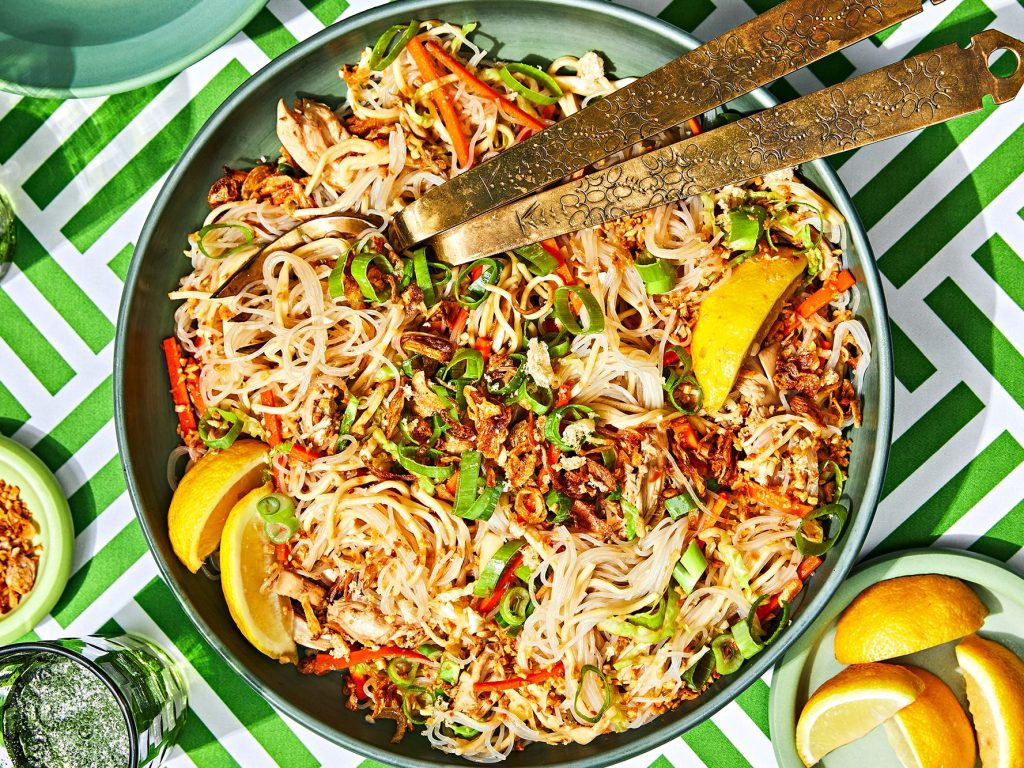
- Known throughout the country as Miki Vigan, this simple noodle dish from Ilocos is a breakfast and mid-afternoon snack staple throughout Northern Luzon.
- It is prepared using miki linadit which is a simple flour and noodle dough flattened by rolling a bottle over it and then shredded with the traditional bolo or machete.
- The noodles are cooked in a chicken or pork broth and colored with achuete oil.
Batil Patung
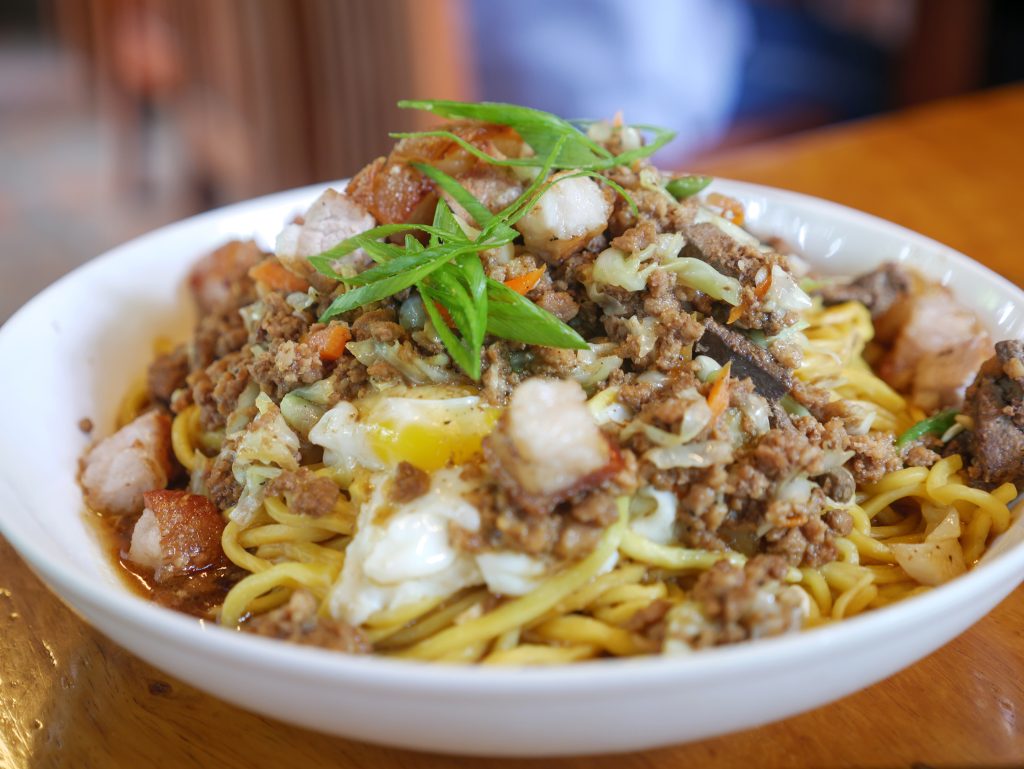
Traditional Tuguegarao’s noodle – Pancit Batil Patong, Philippines
- @Pancitlove calls these noodles from Tugegarao “the hottest looking pancit around.”
- The word batil came from the Spanish word “batir” (to beat), for the beaten egg in the soup that is served with the dish, while patong, or patung in Ibanag, is “to put on top of”, for the poached egg that is placed on top of the pancit together with stir-fried vegetables and ground carabao meat.
- The locals enjoy this even in the summer since they believe the sweat from eating the hot noodles will cool them down.
Pancit Cabagan
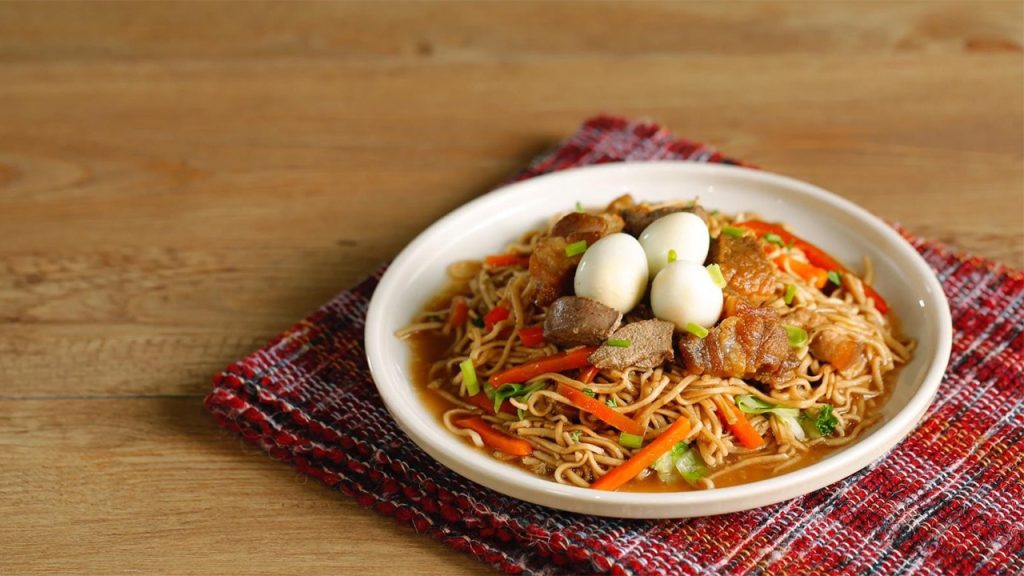
- This pancit from Isabela is made using lye noodles from the town of Cabagan.
- The original version is just saucy noodles cooked in pork broth and flavored with shrimp paste.
- The more current version is topped with vegetables, igado (an Ilocano pork liver dish), hard-boiled quail eggs, and carajay which is Isabela’s version of lechon kawali (fried pork belly).
Marikina Lomi con Lechon
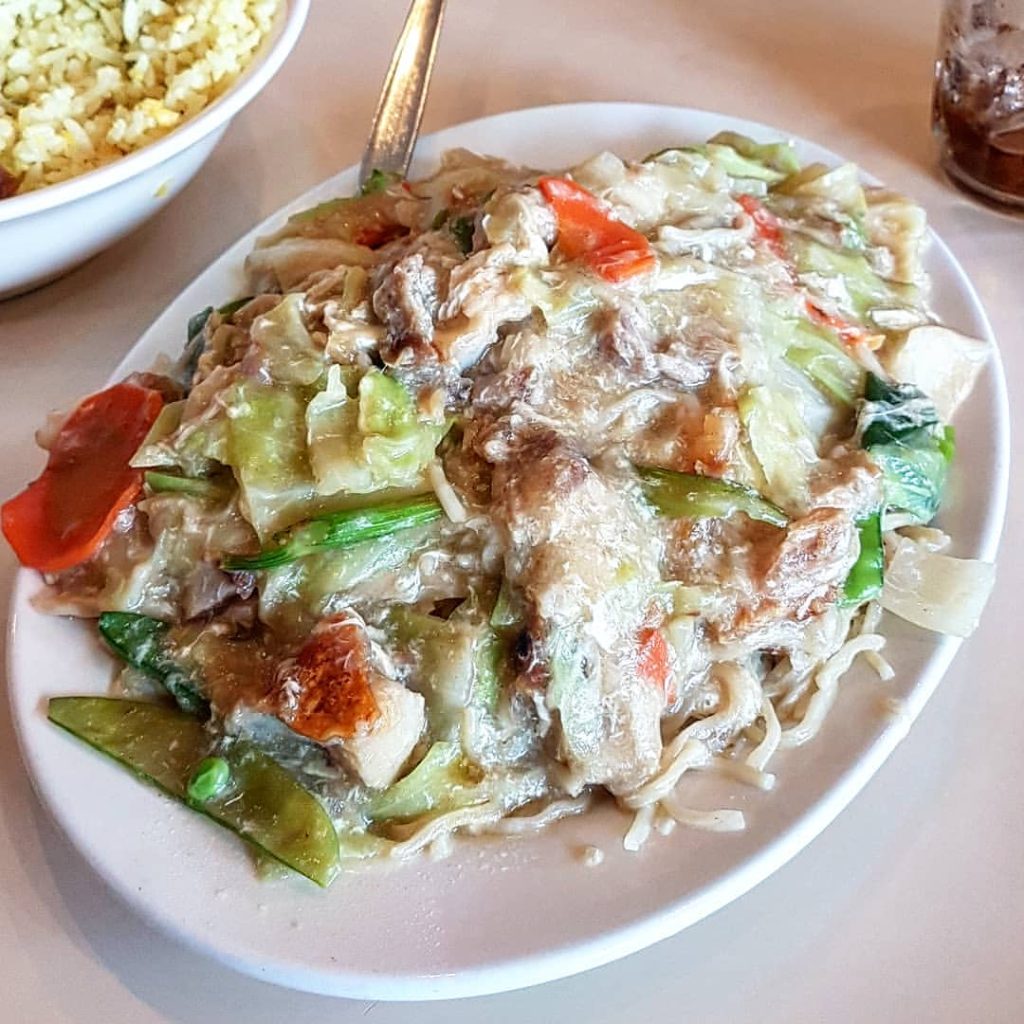
- The Marikeños’ take on the soupy noodle dish is thick mami noodles that are stir-fried and swimming in a saucy egg broth.
- Lechon kawali is a beloved dish in Marikina so it has managed to find its way on top of their unique lomi.
- The difference is really in the broth since the lomi from Manila and Lipa are soupier.
Pancit Choko en su Tinta
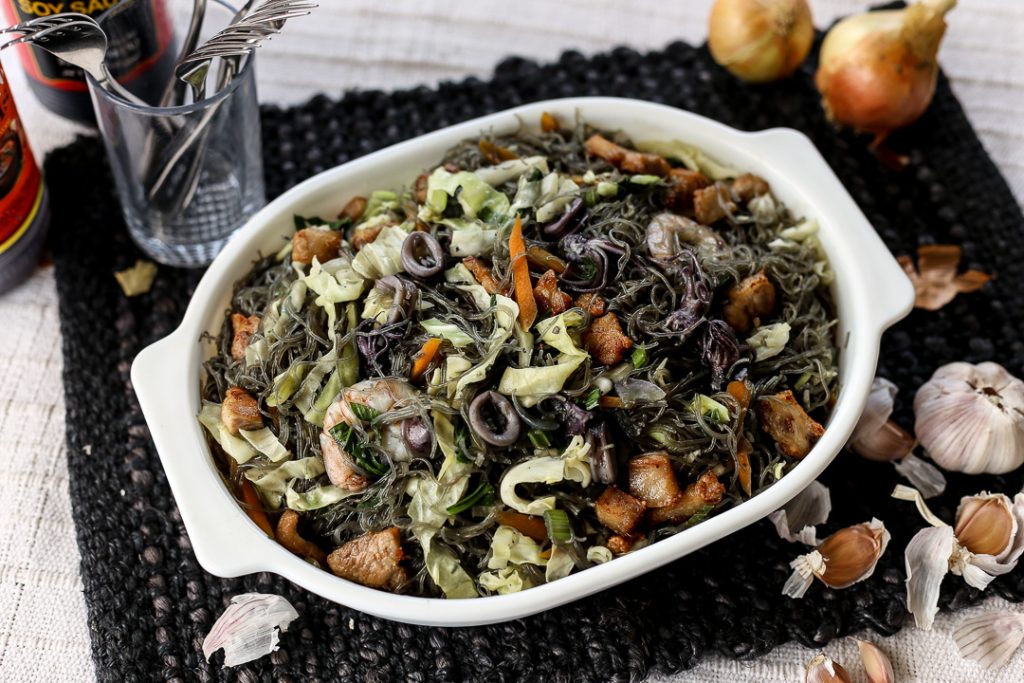
- A pancit dish that goes back to the Manila-Acapulco Galleon Trade, when Basque-Mexican and Chinese influences came together.
- Bihon or sotanghon noodles are cooked in squid adobo sauce and then garnished with herbs and chopped kamias.
- This Pinoy dish best represents Cavite’s rich fishing and maritime trade industries.
Pancit Kinalas
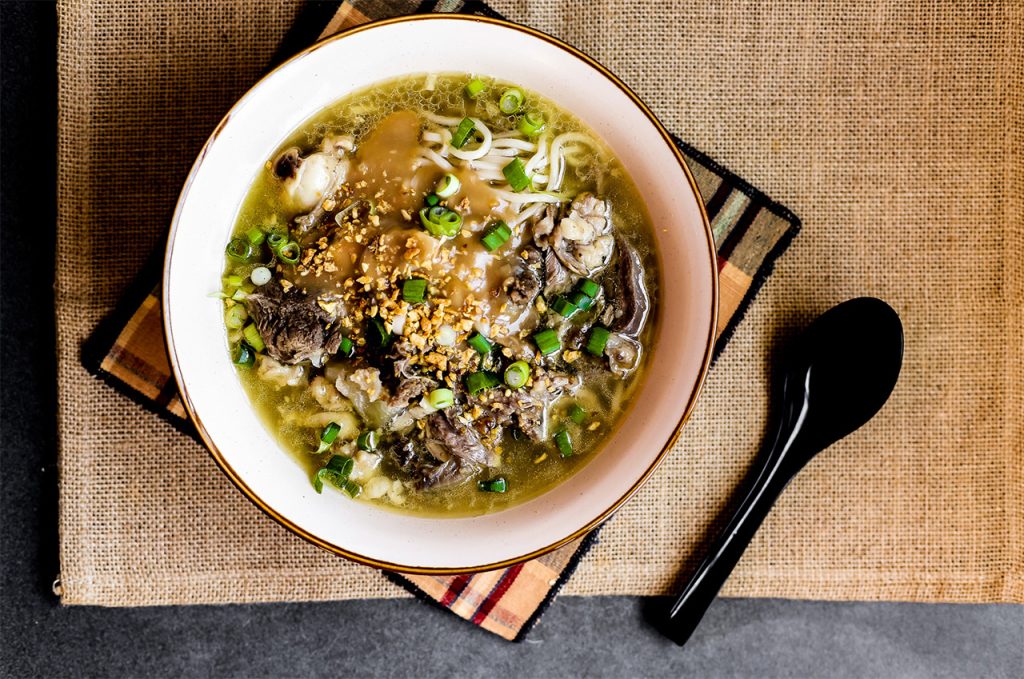
- Locally known as loglog kinalas, it was invented in Cordova’s Dayandang District.
- The dish is named after the process in which the tender meat from the cow’s head that has been boiled for hours is falling off the skull.
- The meat goes on top of a bowl of maki in piping-hot beef broth, distinctly flavored by a gravy that is made from either cow’s brain or shrimp broth reduction.
Pancit Molo
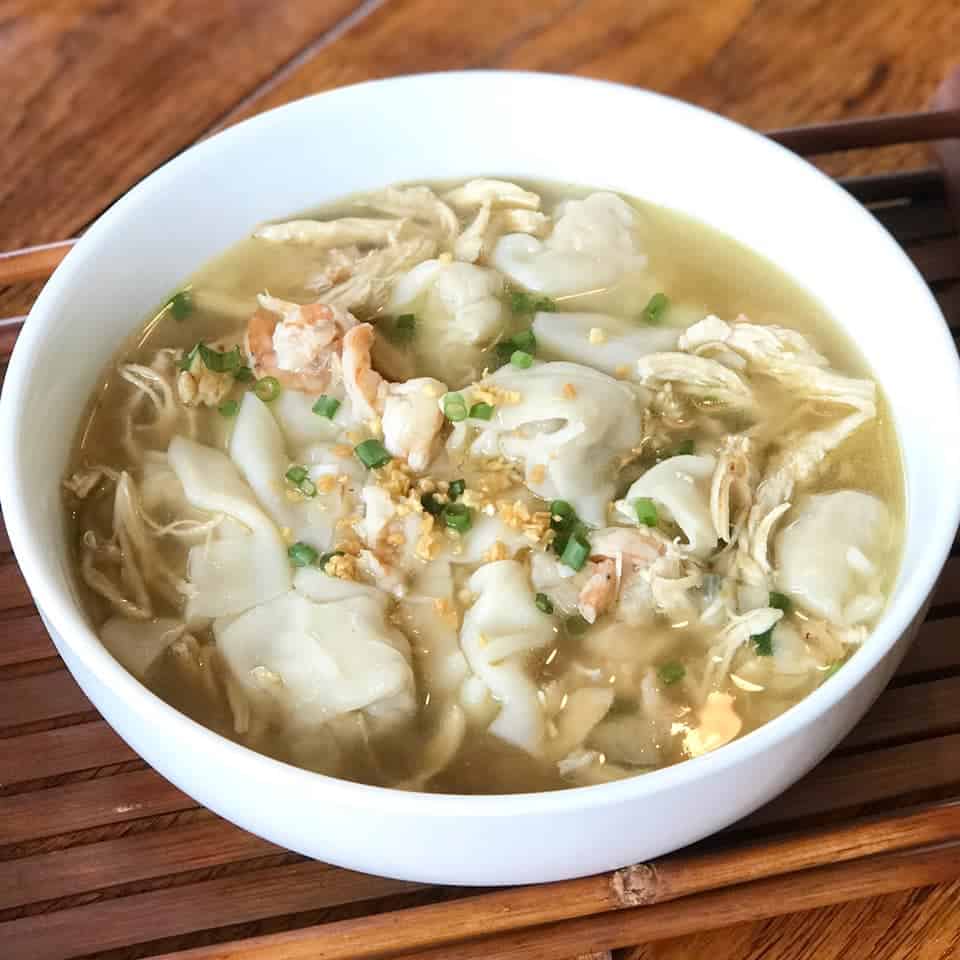
- This hearty noodle soup from Molo, Iloilo contains meat dumplings cooked in chicken broth and then topped with shredded chicken.
- The thick noodles in this comforting soup dish is originally a by-product of the egg yolks that were discarded when the Spaniards used egg whites as a binder to build their churches in the Philippines.
- The noodles are actually the trimmings of wrappers for the dumplings cooked in the soup.

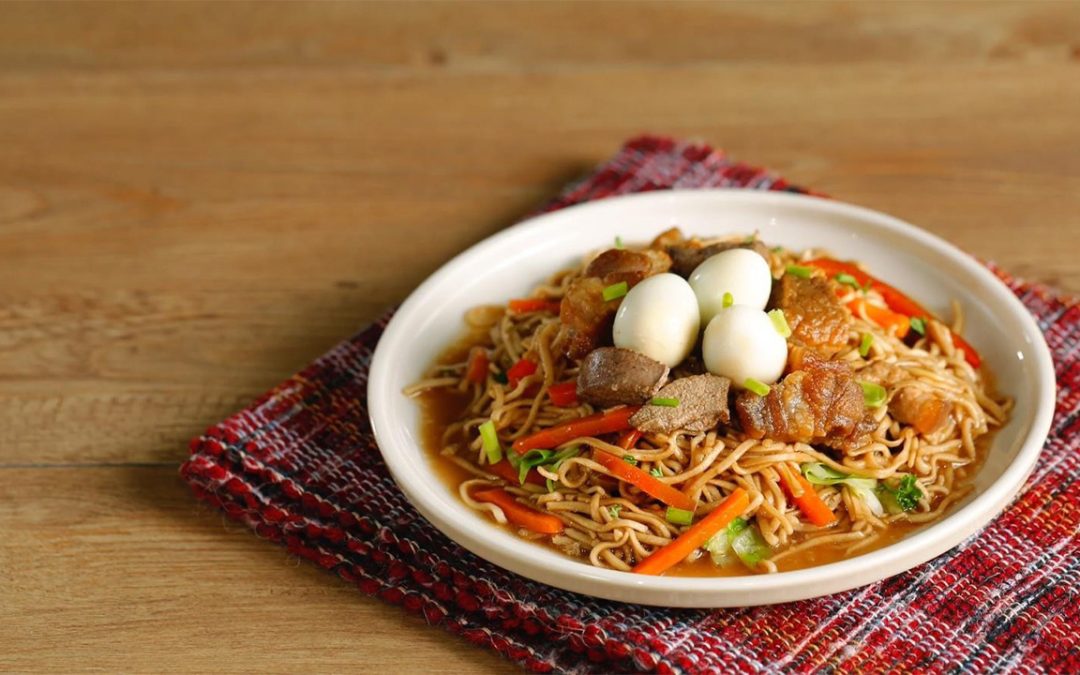
Recent Comments